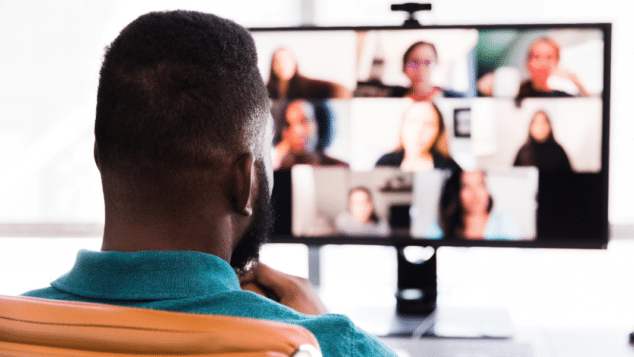How To Staff a Virtual Conference

Many associations transitioned to a virtual platform for their annual meetings throughout the pandemic. Ensuring attendee customer service is critical to the success of these meetings. Knowing that technology can be difficult for many, it simply isn’t enough to pivot to a virtual platform without considering the attendee’s overall experience. Learn how the American Osteopathic Association deployed more than 90 team members to support its annual convention of 3,800+ attendees, leading to both increased attendee and employee satisfaction.
Staffing was assigned to cover three key areas: Phone Support, Email Support and Conference Support.
Phone Support:
- This was support outside of the virtual platform.
- A dedicated phone line was set up for attendees to call regarding the conference.
- The phone number was set up for calls to be routed to the appropriate staff member as scheduled.
- Arrangements were made for calls to never route to voicemail, as they would typically do over a weekend. A live person answered each call.
- Staff were identified which included members of the IT team (approximately 14-18 per shift).
- Each night the phone analytics were provided from the IT team.
Email Support:
- This was support outside of the virtual platform.
- A dedicated email was set up specifically for conference inquiries.
- Staff were identified to monitor incoming emails (approximately 10-12 per shift).
- One staff member was identified as the lead. This team member forwarded the emails to the other staff support and kept track of responses.
- Each night the email analytics were provided from the staff lead.
Conference Support:
- This was support inside the virtual platform.
- An area on the platform was created called Conference Support.
- Staff were identified to provide support. When attendees clicked the conference support icon within the platform, they would enter a live “Zoom Room” which included staff at large as well as IT staff (approximately 10-12 staff per shift).
- Staff facilitated questions from attendees once in real time.
- The link was provided for attendees to enter the room and was posted on a landing page right on the virtual conference platform.
- Breakout rooms or follow-up phone calls were used if attendees had complicated or technical questions or needed tailored support from a staff expert.
General Logistics:
- Staff were provided with advance training that covered general meeting information and were also provided with access to the platform 1 week in advance to view and become familiar with the layout.
- Staff were encouraged to download the meeting app so they could quickly look up sessions, starting times, exhibitors, sponsors, and faculty if questions arose.
- Staff was scheduled to start 45 minutes prior to the first session and conclude 15 minutes after the last session on each day.
- Regardless of whether phone call, email, or live conference support volume was low, staff were directed to complete their shift as assigned to ensure adequate coverage at all times.
- Each team had one staff member identified as the lead for the day. The lead would provide a recap of any important items to the core planning team, as necessary.
- It is important to have support from the association’s IT team as many questions at the start were related to technology and accessing the platform.
Group Chats:
- Each of the three staffing groups – phone support, email support, and live conference support – had their own chat setup. This included the staff team supporting the area as well as the core planning team. This was highly successful as the core planning team would post updated or general information that all the staff needed to know and likewise if there was a question that a staff support team member had, it was typed into the chat so everyone was aware.
The staff support plan above consisted of 90 team members, from 15 departments and serviced more than 1,600 attendees, with 690 phone calls, 250 emails and 690 live interactions. Not only did our attendees receive stellar, real-time support, but also staff who traditionally were never involved in our national conference were exposed to the membership and able to lend a helping hand. Several staff members remarked that being involved in the conference for the first time was a real privilege and made them feel a great sense of pride and more connected to the organization’s mission.
For more information contact the authors.
Tags
Related Articles
What to Wear to the Honors Gala 2025: SHINE ON in Style
Get ready to sparkle, shimmer, and most importantly—shine! Association Forum’s Honors Gala 2025 is on…
Double Your Footprint: Enhancing Conferences with a Hybrid Event Workflow
By combining on-site engagement with a digital experience, hybrid events can attract diverse audiences, boost...
The Emergency Nurses Association Utilizes Design Thinking to Reimagine its Awards Ceremony
In a prime example of intrapreneurship, the ENA utilized design thinking to innovate within the...




